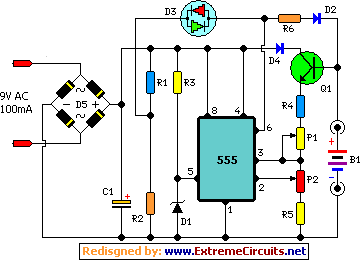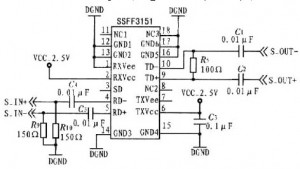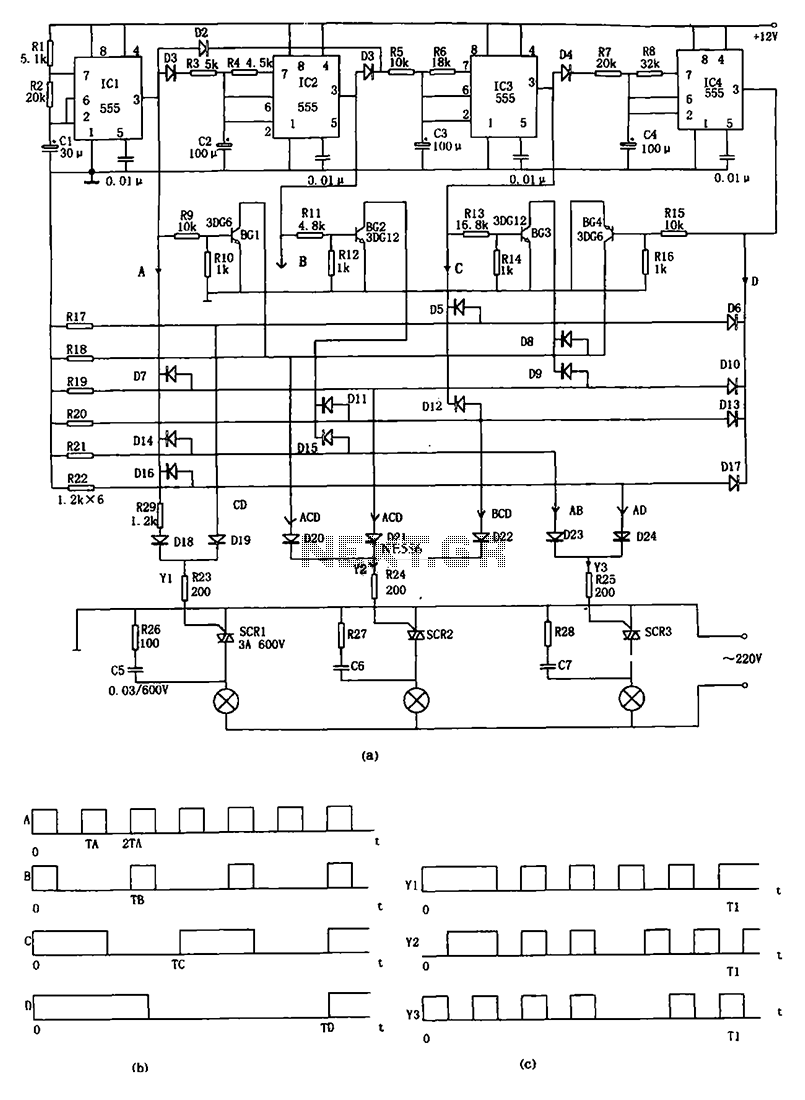
Advanced version of Joule Thief circuit

When working with these circuits, a light meter was purchased to eliminate the uncertainty in assessing light levels, as the human eye is not very reliable for this purpose.
In electronic circuit design, particularly when dealing with light-sensitive applications, the accurate measurement of light intensity is crucial. A light meter serves as an essential tool in this context, providing precise quantification of light levels that can significantly influence circuit performance and component selection.
The light meter operates by converting light energy into an electrical signal, which can be displayed in various units such as lux or foot-candles. This measurement allows engineers to determine the optimal operating conditions for light-sensitive components, such as photodiodes, phototransistors, or light-dependent resistors (LDRs).
In designing circuits that rely on ambient light levels, such as automatic lighting systems or solar-powered devices, integrating a light meter can enhance reliability and efficiency. For instance, in a circuit where a phototransistor is used to control an LED based on light levels, the data obtained from the light meter can be used to calibrate the sensitivity of the phototransistor. This ensures that the LED only activates under specific light conditions, thereby conserving energy and prolonging the lifespan of the components involved.
Furthermore, the light meter can assist in troubleshooting and optimizing existing circuits. By providing real-time feedback on light levels, engineers can make informed adjustments to component values or configurations, ensuring that the circuit operates within its intended parameters.
In summary, the incorporation of a light meter into circuit design and analysis is a valuable practice that enhances the accuracy of light level assessments, ultimately leading to more effective and efficient electronic systems.When working with these circuits, I bought a light-meter to take the guesswork out of assessing light levels as the human eye is very bad at doing that. 🔗 External reference
In electronic circuit design, particularly when dealing with light-sensitive applications, the accurate measurement of light intensity is crucial. A light meter serves as an essential tool in this context, providing precise quantification of light levels that can significantly influence circuit performance and component selection.
The light meter operates by converting light energy into an electrical signal, which can be displayed in various units such as lux or foot-candles. This measurement allows engineers to determine the optimal operating conditions for light-sensitive components, such as photodiodes, phototransistors, or light-dependent resistors (LDRs).
In designing circuits that rely on ambient light levels, such as automatic lighting systems or solar-powered devices, integrating a light meter can enhance reliability and efficiency. For instance, in a circuit where a phototransistor is used to control an LED based on light levels, the data obtained from the light meter can be used to calibrate the sensitivity of the phototransistor. This ensures that the LED only activates under specific light conditions, thereby conserving energy and prolonging the lifespan of the components involved.
Furthermore, the light meter can assist in troubleshooting and optimizing existing circuits. By providing real-time feedback on light levels, engineers can make informed adjustments to component values or configurations, ensuring that the circuit operates within its intended parameters.
In summary, the incorporation of a light meter into circuit design and analysis is a valuable practice that enhances the accuracy of light level assessments, ultimately leading to more effective and efficient electronic systems.When working with these circuits, I bought a light-meter to take the guesswork out of assessing light levels as the human eye is very bad at doing that. 🔗 External reference





